In the insect world, some species embark on remarkable journeys that stretch across thousands of miles. These rare travelers, despite their small size, demonstrate incredible endurance and adaptability. From butterflies fluttering through continents to dragonflies soaring over oceans, their journeys are fascinating. Here’s a closer look at some of these extraordinary insects that defy distance in their lifecycle migrations.
Painted Lady Butterfly (Vanessa cardui)
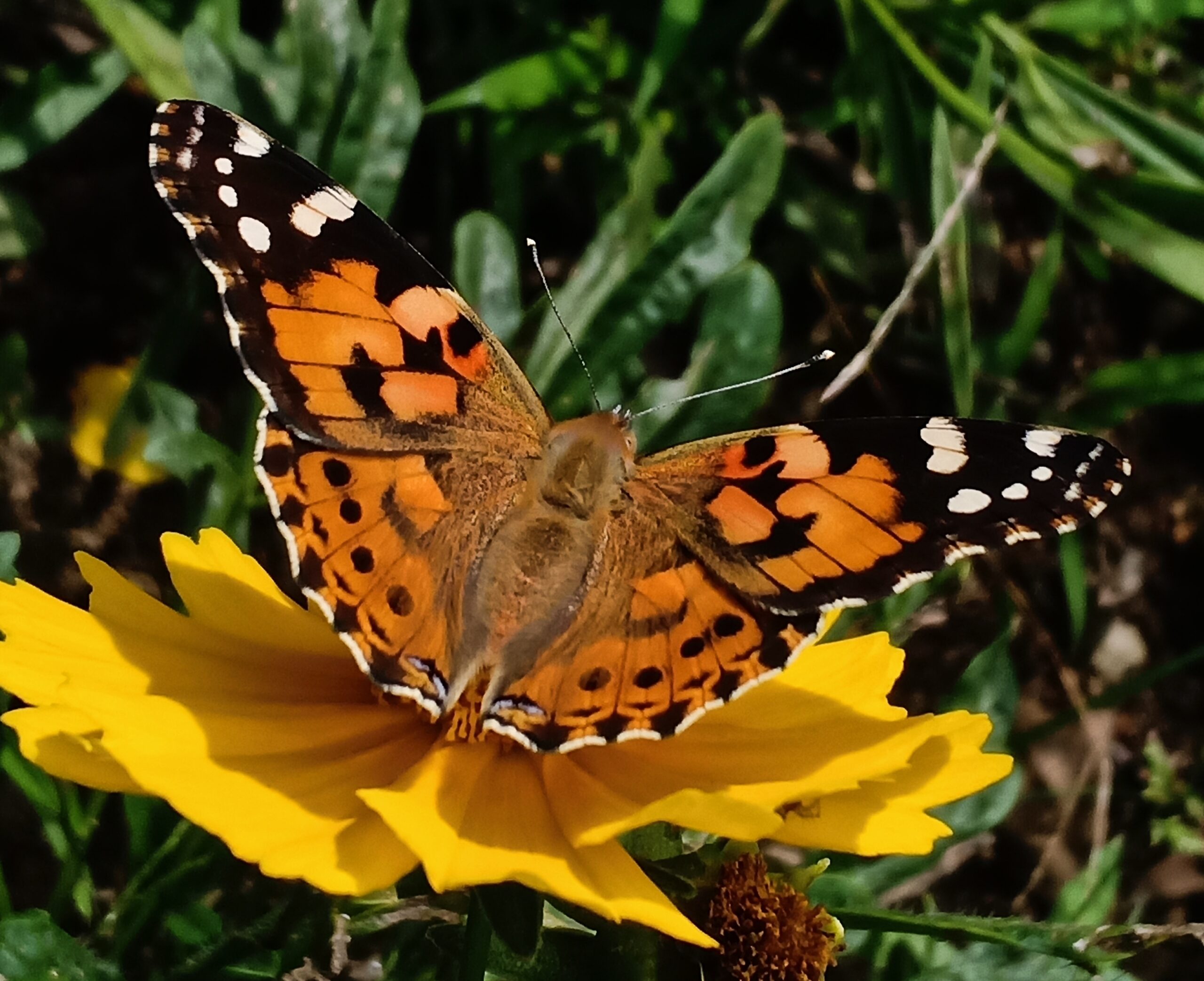
The Painted Lady Butterfly is known for its impressive migration, spanning from North Africa and the Mediterranean to Europe and even reaching the Arctic Circle. These butterflies travel as far as 9,000 miles round trip during their lifespan, one of the longest migrations recorded in insects. Along the way, they stop to feed and reproduce, taking advantage of seasonal changes. They are well-adapted to a wide variety of climates and plants, making them resilient travelers. Their colorful wings, with splashes of orange, black, and white, make them easily recognizable along their incredible journey.
Globe Skimmer Dragonfly (Pantala flavescens)
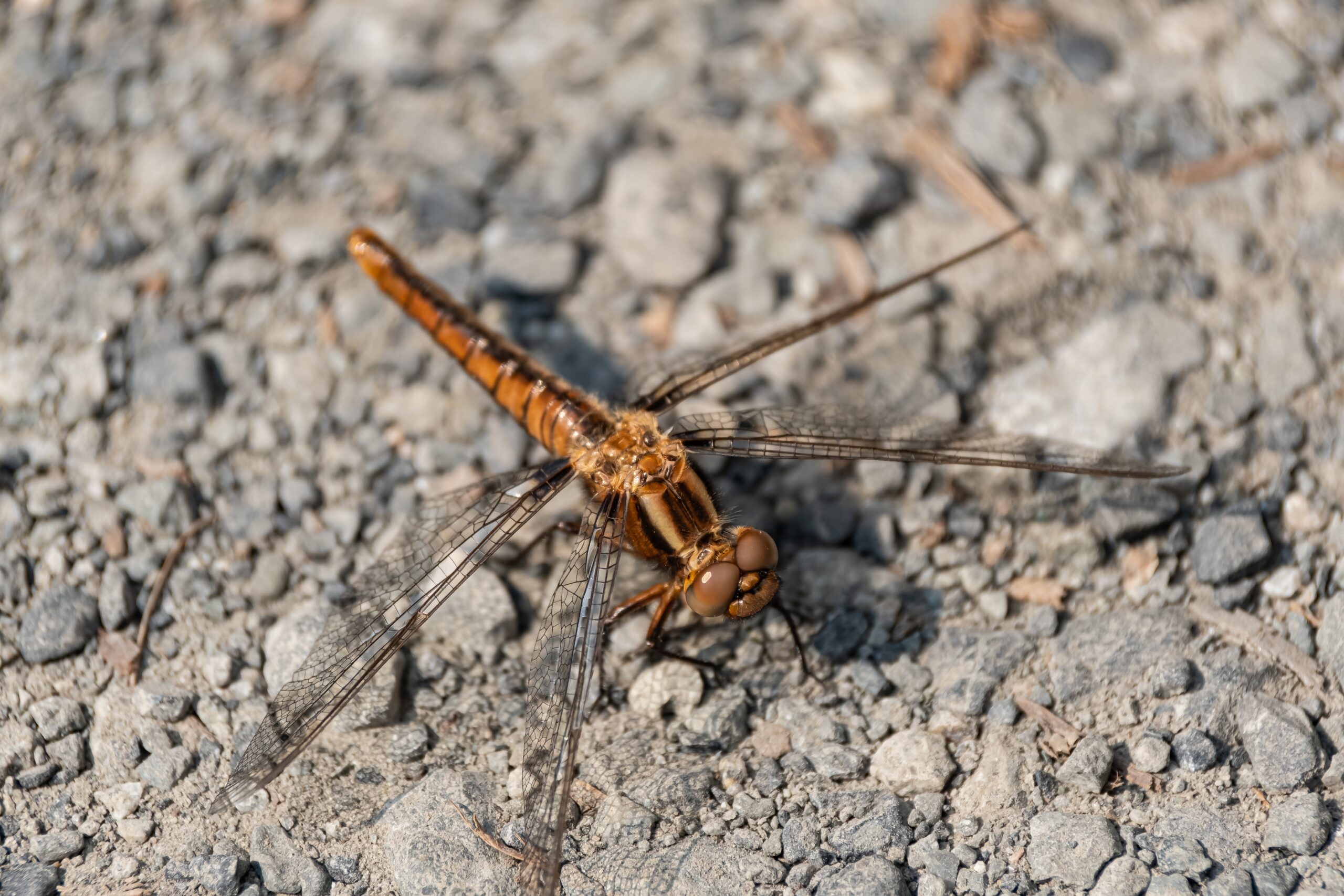
The Globe Skimmer Dragonfly holds the record for the longest insect migration, traveling up to 11,000 miles across oceans and continents. These dragonflies are found on every continent except Antarctica, using wind currents to glide over vast distances. Their journey is often linked to monsoon winds, helping them conserve energy during long stretches over open water. Known for their pale amber wings and agile flying ability, Globe Skimmers are resilient, often covering 3,000 miles in a single stretch. Their cross-ocean flight is one of nature’s most astonishing feats.
Desert Locust (Schistocerca gregaria)
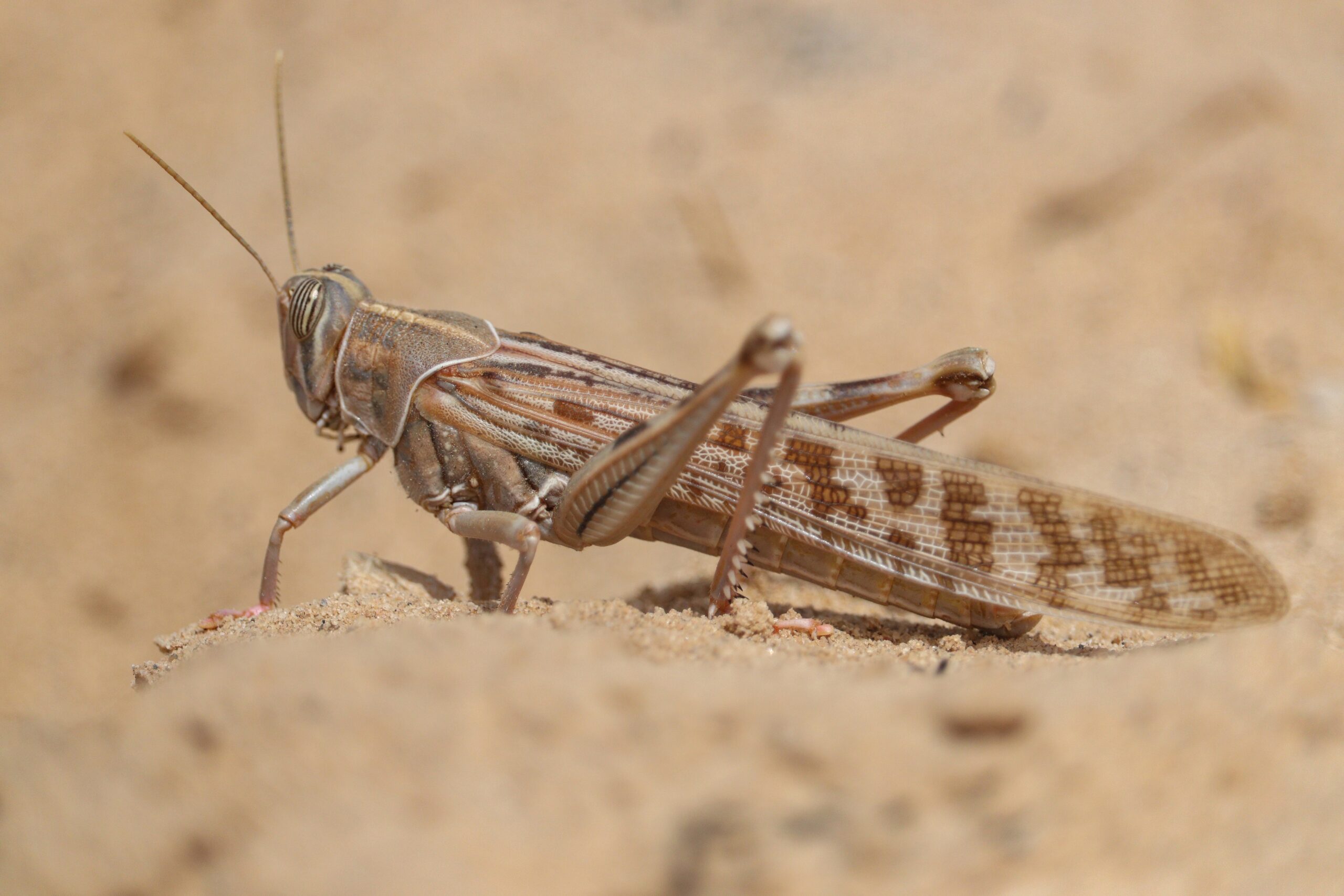
Desert Locusts are infamous for their long migrations across arid regions in Africa, the Middle East, and South Asia. When conditions are right, millions of locusts form swarms that can travel over 90 miles a day, covering thousands of miles during an outbreak. These swarms can devastate crops, making them a major agricultural threat. Their migratory behavior is driven by changes in the environment, such as rainfall, which triggers them to move in search of food. Despite their destructive nature, the sheer scale of their movement is a marvel of the insect world.
Red Admiral Butterfly (Vanessa atalanta)
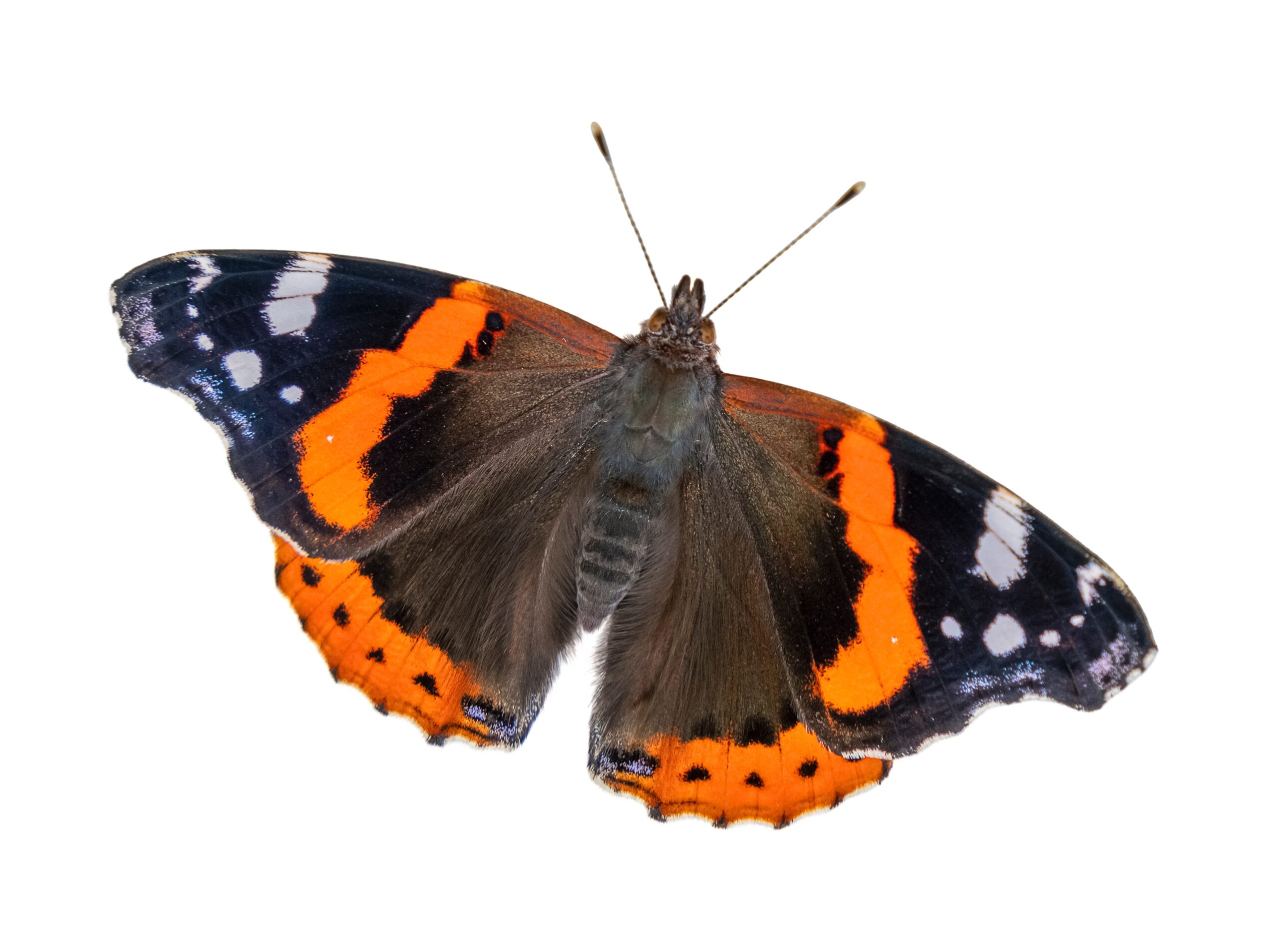
The Red Admiral Butterfly is a common sight in North America, Europe, and Asia, known for its migratory patterns that often span thousands of miles. They move northward in spring, taking advantage of warming temperatures, and return south in the fall. Their migration is not as synchronized as other species, but individuals are capable of covering vast distances over their lifespan. Recognized by their striking red-orange bands against a black background, Red Admirals thrive in a wide range of environments, from coastal areas to forests.
American Painted Lady Butterfly (Vanessa virginiensis)
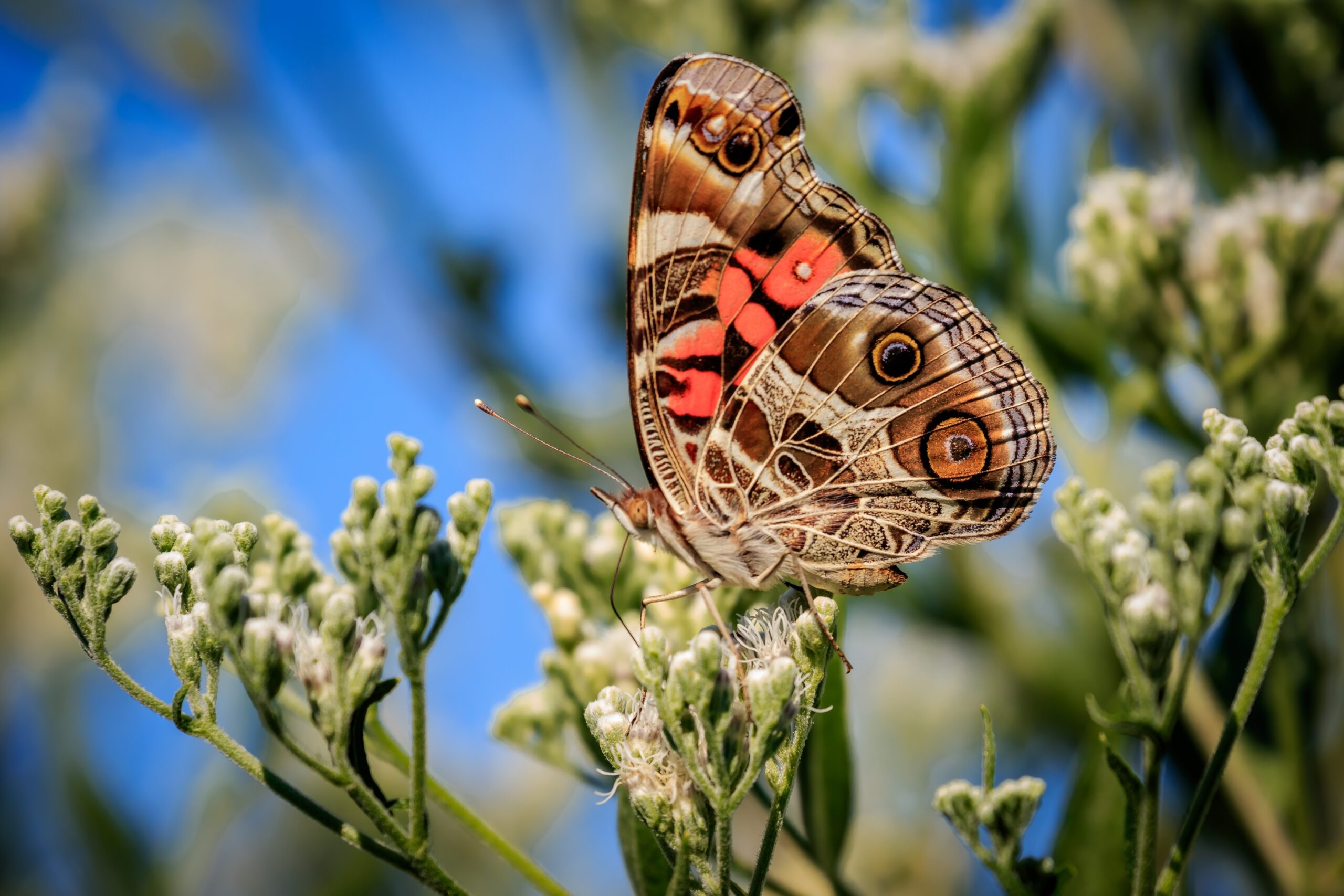
Similar to its cousin, the Painted Lady Butterfly, the American Painted Lady undertakes impressive migrations across the United States, from Mexico to Canada. This butterfly covers thousands of miles during its life cycle, moving northward in the spring and returning south for the winter. Known for its eye-like markings on the underside of its wings, the American Painted Lady is a fast and agile flyer. It feeds on nectar from a variety of wildflowers, making use of diverse habitats along its migratory route.
Common Buckeye Butterfly (Junonia coenia)
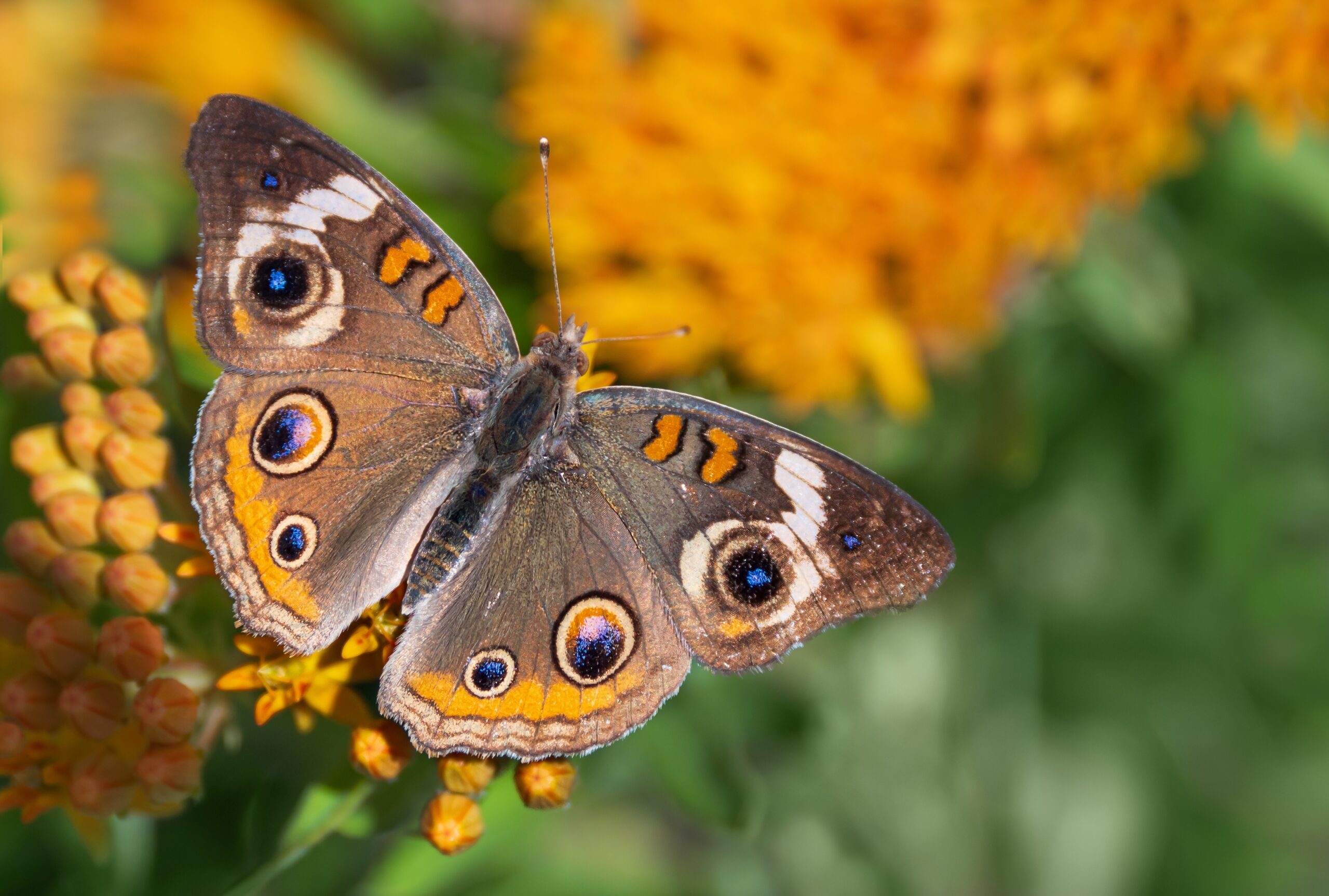
The Common Buckeye Butterfly is another long-distance traveler, particularly along the eastern coast of North America. These butterflies migrate seasonally, often covering several thousand miles as they move between summer breeding grounds in the north and winter habitats in the south. Recognized by the distinctive eye spots on their brown and orange wings, Common Buckeyes are highly adaptable and can be found in open fields, gardens, and coastal areas. Their migration is driven by temperature changes, allowing them to survive across different climates.
Mourning Cloak Butterfly (Nymphalis antiopa)
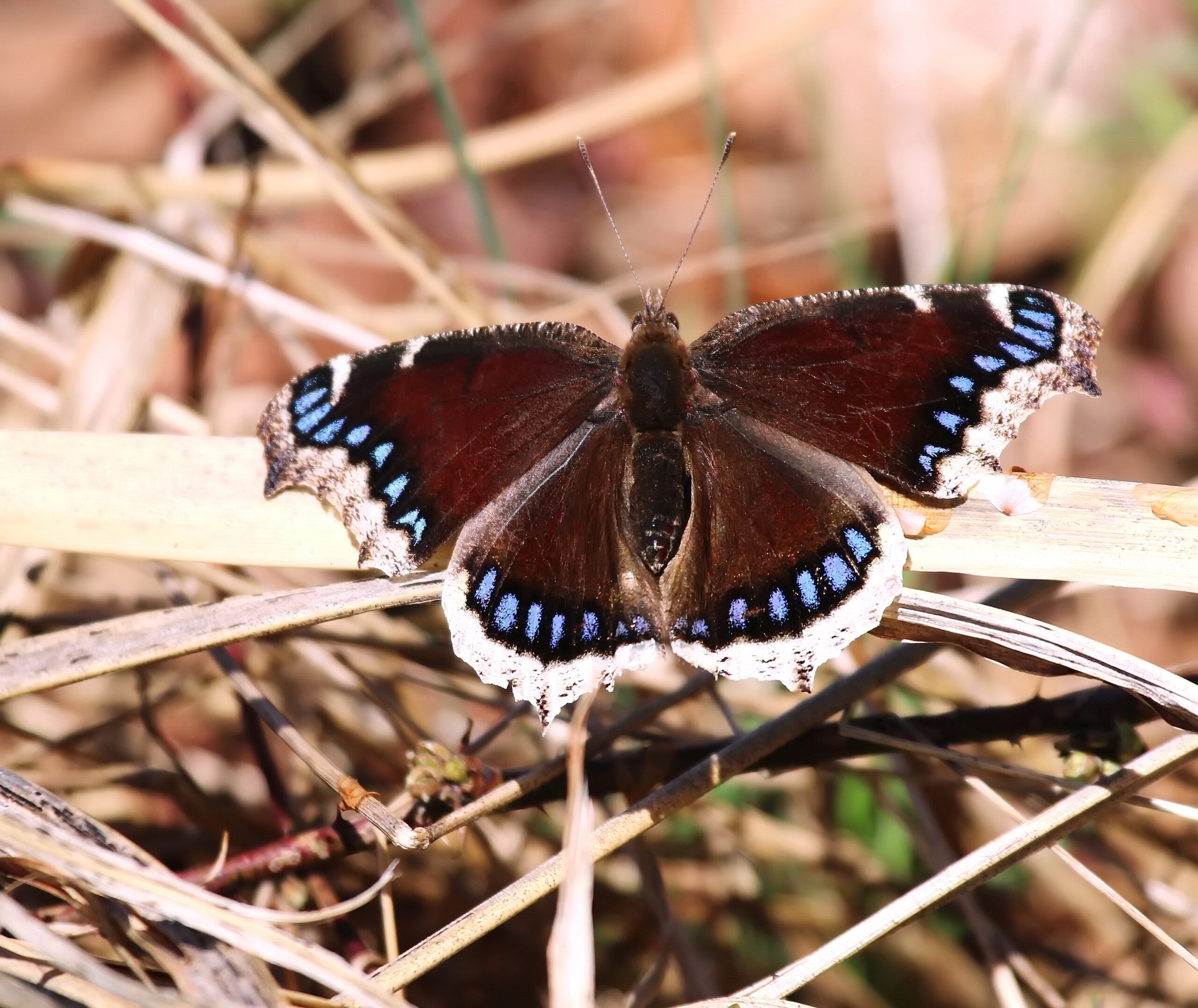
The Mourning Cloak Butterfly is known for its long migrations, traveling thousands of miles between the northern and southern parts of North America. This butterfly, with its velvety dark wings bordered by pale yellow, is often seen moving northward in the spring and returning south in the fall. It can endure harsh climates, often being one of the first butterflies to appear after winter. This ability to withstand cold and fly over large distances makes the Mourning Cloak a remarkable traveler in the insect world.
Eastern Swallowtail Butterfly (Papilio glaucus)
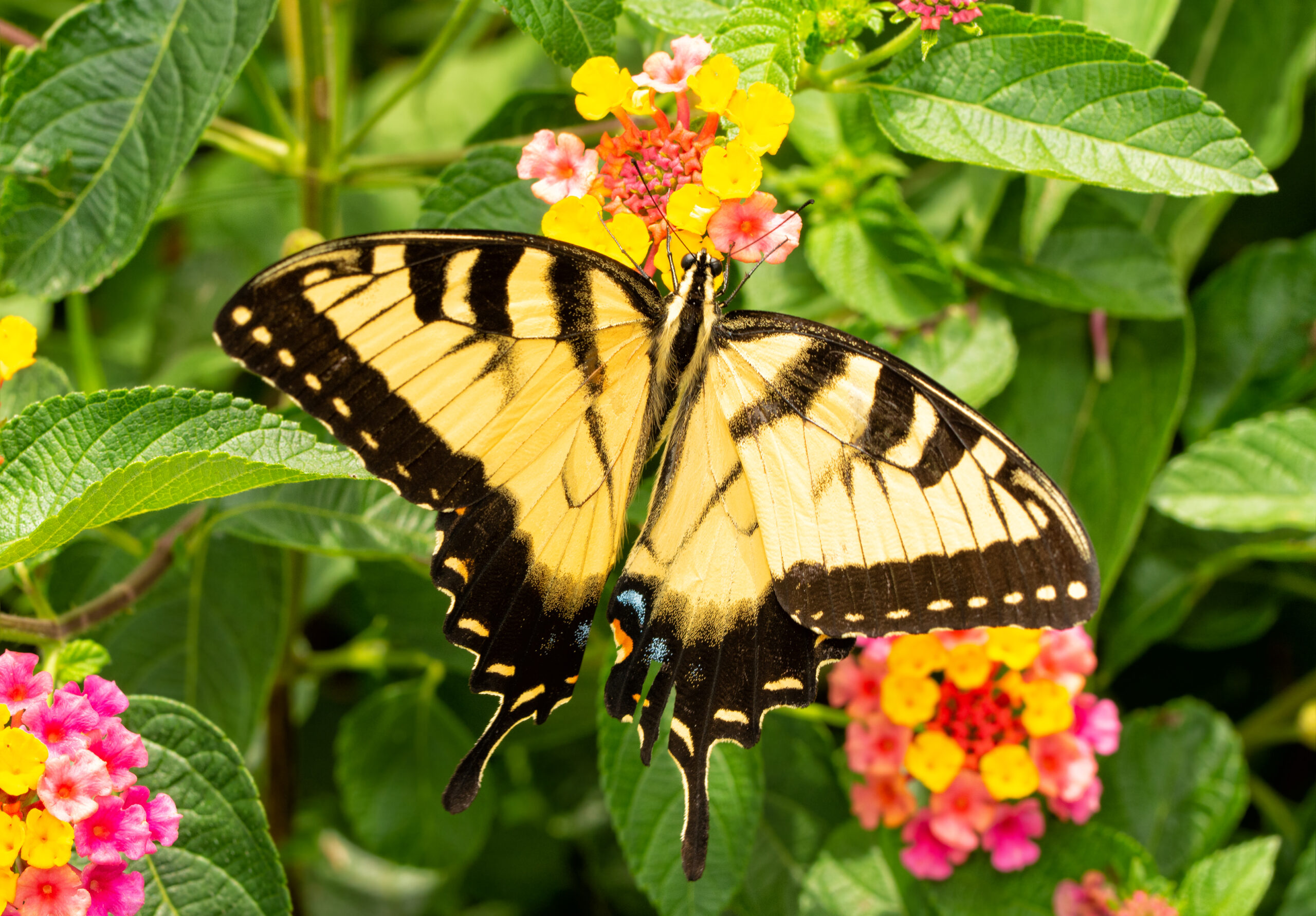
The Eastern Swallowtail Butterfly is a stunning species with a wide migration range across the United States and into parts of Canada. Known for its beautiful yellow and black patterned wings with a distinctive “swallowtail” shape, this butterfly migrates northward in the spring to take advantage of warmer weather and suitable breeding grounds. Its migration can cover thousands of miles, with individuals often traveling through forests, meadows, and open fields in search of nectar sources and host plants for their larvae.
Red Underwing Moth (Catocala nupta)
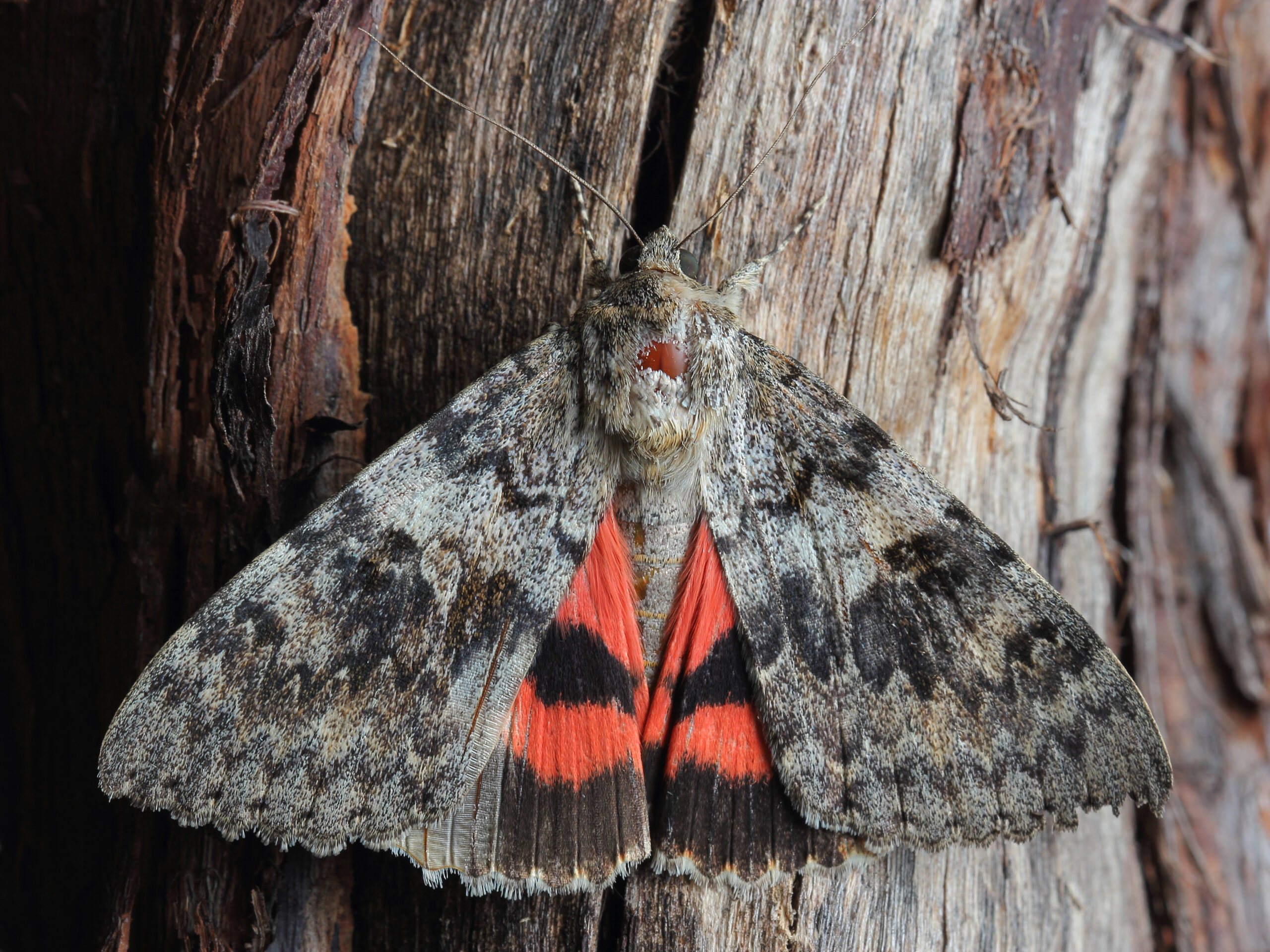
The Red Underwing Moth is a striking moth species that embarks on impressive migrations across Europe and parts of Asia. Its dark, cryptic upper wings hide a vibrant red and black pattern on its underwings, which it uses to startle predators. These moths can travel great distances during their lifecycle, often moving to warmer regions in the autumn and returning northward in the spring. The Red Underwing Moth’s long migratory journey is linked to seasonal changes, allowing it to thrive in diverse environments.
Wandering Glider Dragonfly (Pantala flavescens)
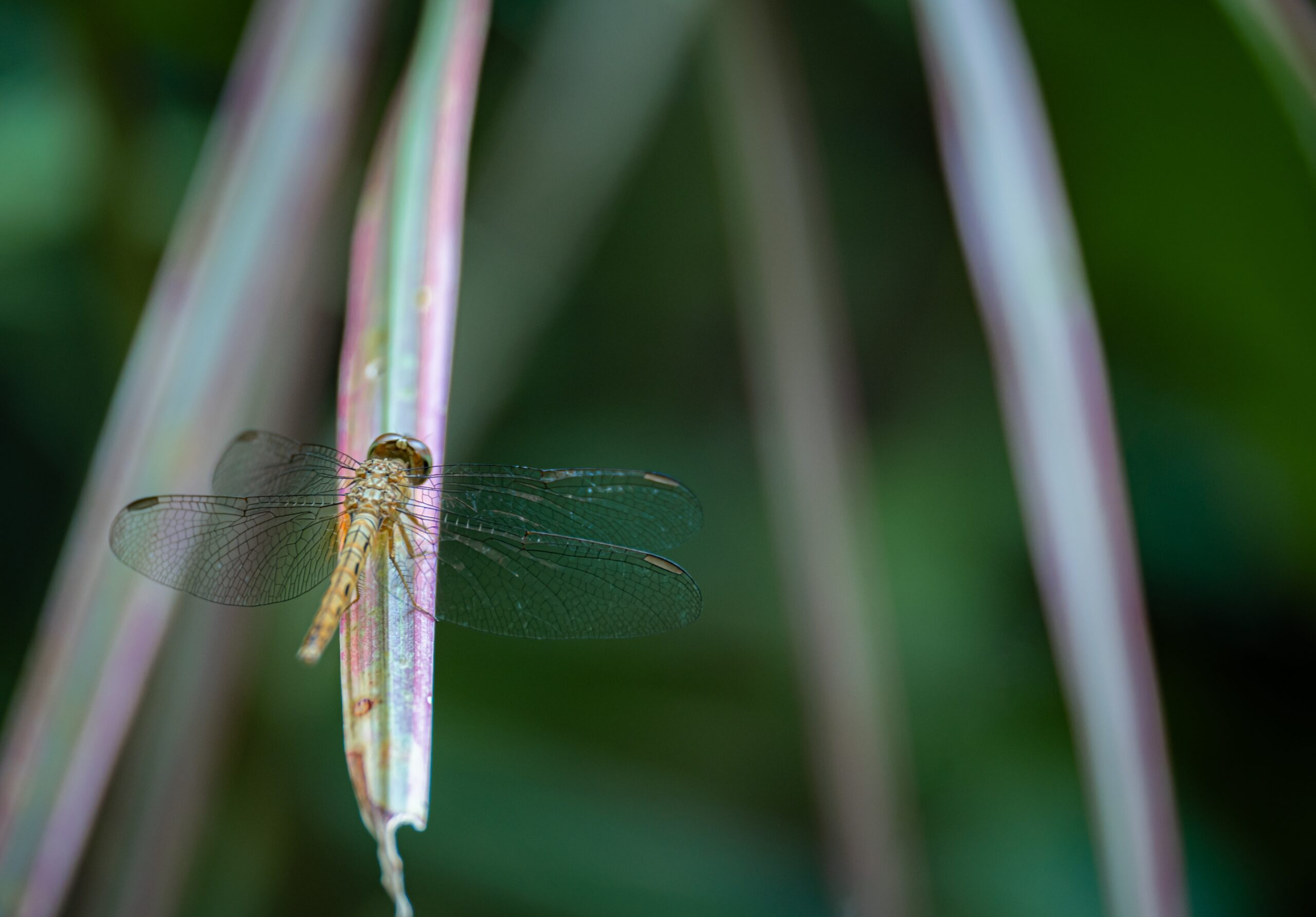
The Wandering Glider Dragonfly, also known as the “globe skimmer,” is famous for its remarkable ability to travel thousands of miles across oceans and continents. It holds the record for the longest migration of any insect, often flying over 11,000 miles during its lifecycle. These dragonflies use wind currents to glide effortlessly across vast distances, sometimes moving with seasonal monsoons. Their orange wings and swift flight patterns are easily recognizable, making them one of the most resilient long-distance travelers in the insect kingdom.
Hummingbird Hawk-Moth (Macroglossum stellatarum)
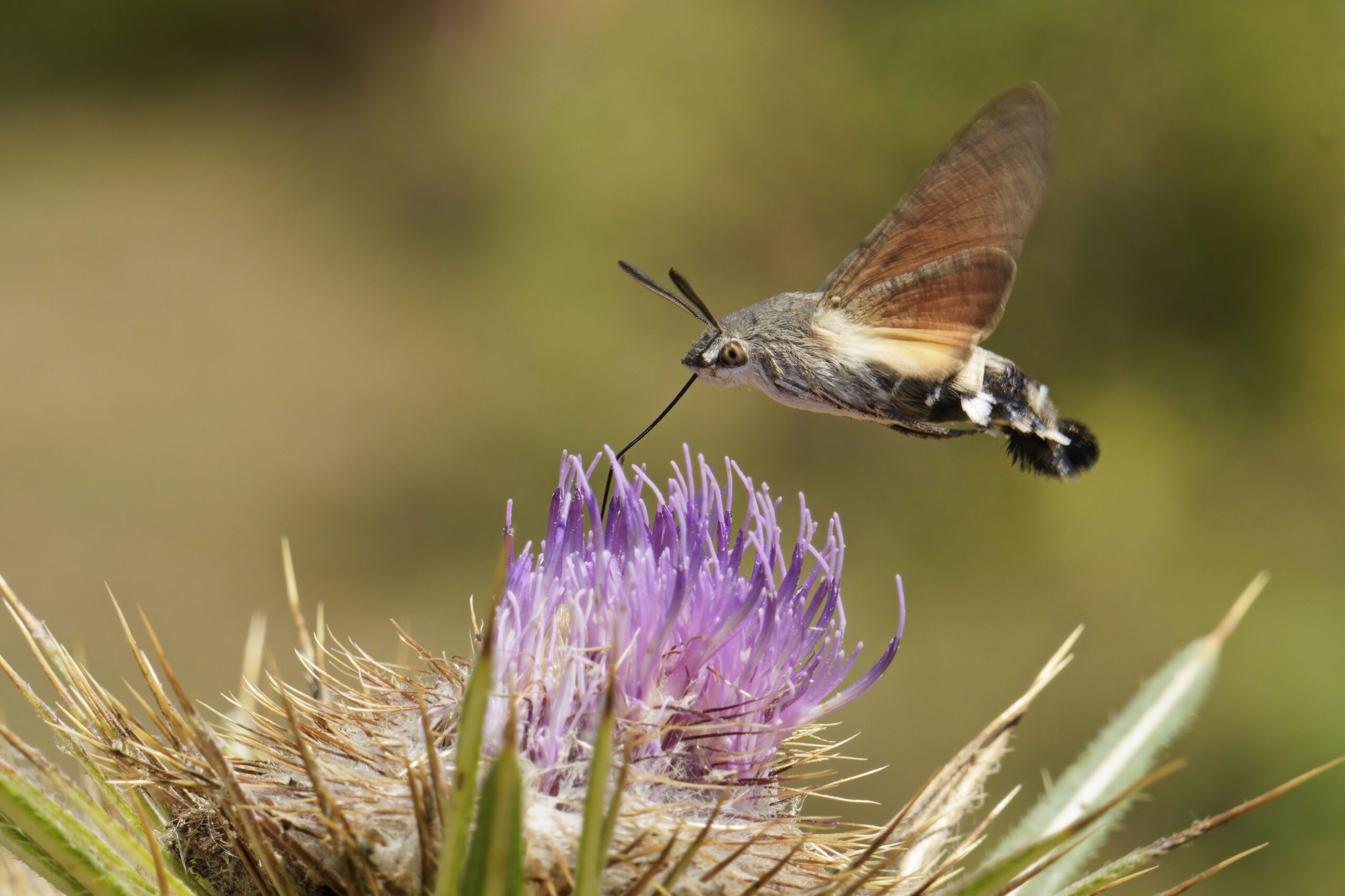
The Hummingbird Hawk-Moth is a fascinating insect known for its rapid, hovering flight and long migrations across Europe, Africa, and Asia. It is often mistaken for a hummingbird due to its ability to hover in front of flowers while feeding on nectar. These moths migrate thousands of miles in search of warmer climates during the colder months, often traveling between southern and northern regions. Their unique flight patterns and endurance make them one of the most recognizable migrating moths.
Silver Y Moth (Autographa gamma)
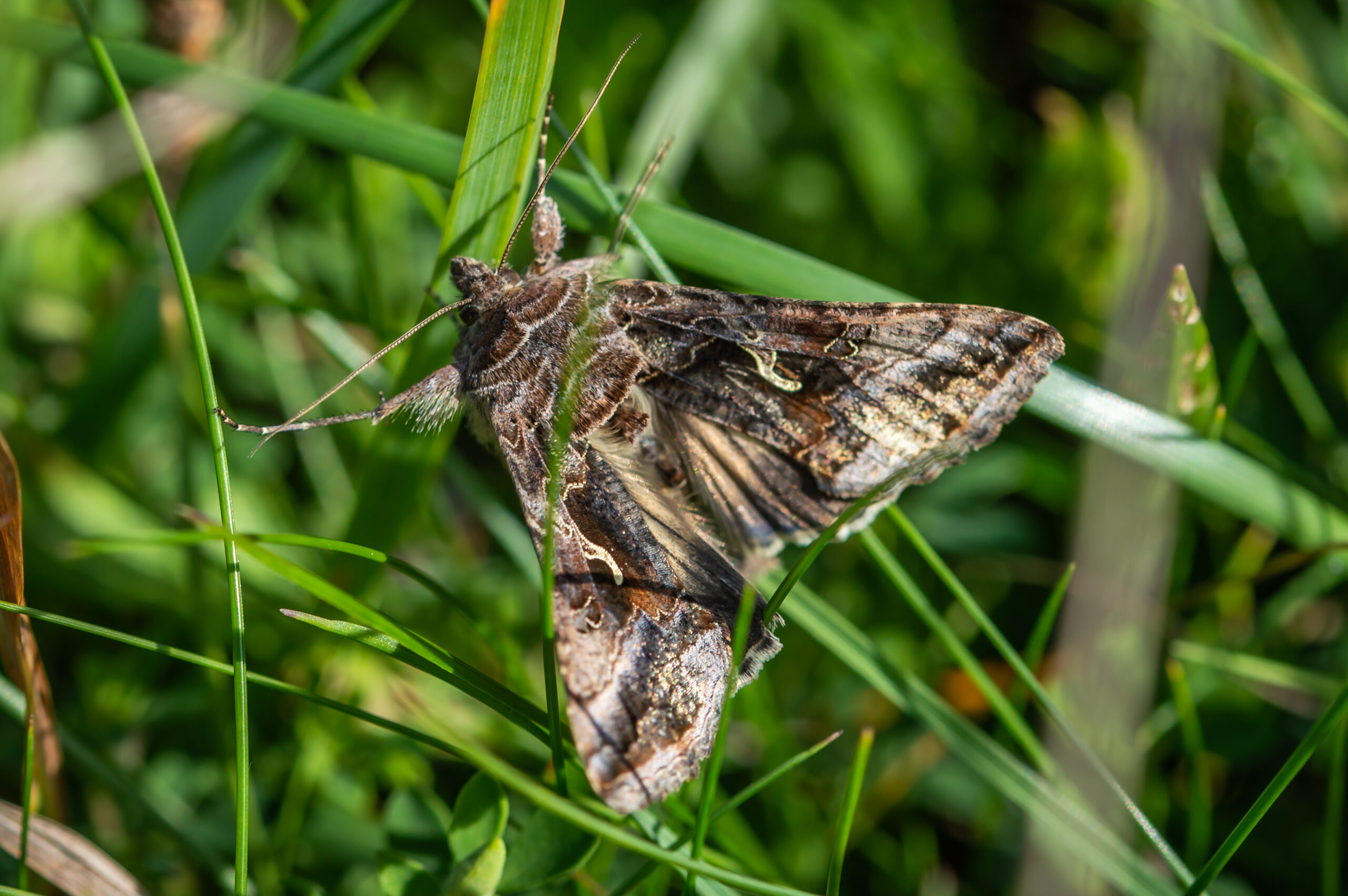
The Silver Y Moth is known for its extensive migrations across Europe, North Africa, and parts of Asia. This small moth, named for the silver “Y” mark on its forewings, can travel over 1,000 miles during its seasonal migrations. These moths move northward in the spring and summer to take advantage of food-rich environments and return south in the fall to warmer climates. Their ability to travel such long distances despite their small size is a testament to their adaptability and resilience.
Clouded Yellow Butterfly (Colias croceus)
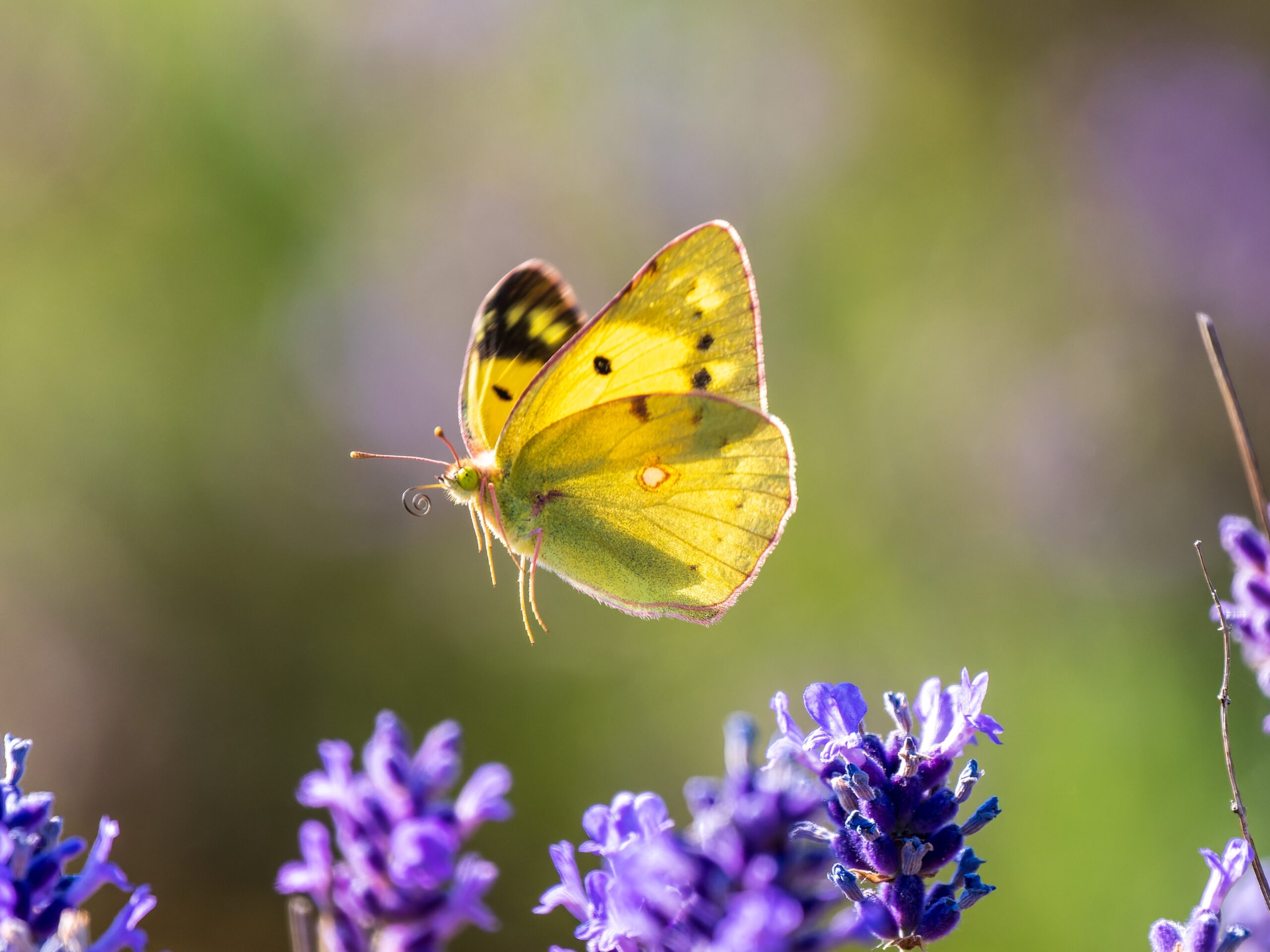
The Clouded Yellow Butterfly is a resilient migrant, traveling across Europe, North Africa, and Asia. These butterflies often cover thousands of miles as they move between breeding grounds in the north and warmer southern regions. Known for their vivid yellow wings edged in black, they are frequently seen in meadows and open fields. Their migration is highly influenced by weather patterns, with large numbers of Clouded Yellows appearing in favorable conditions, and they are known to cross the English Channel during their journeys.
Monarch Butterfly (Danaus plexippus)
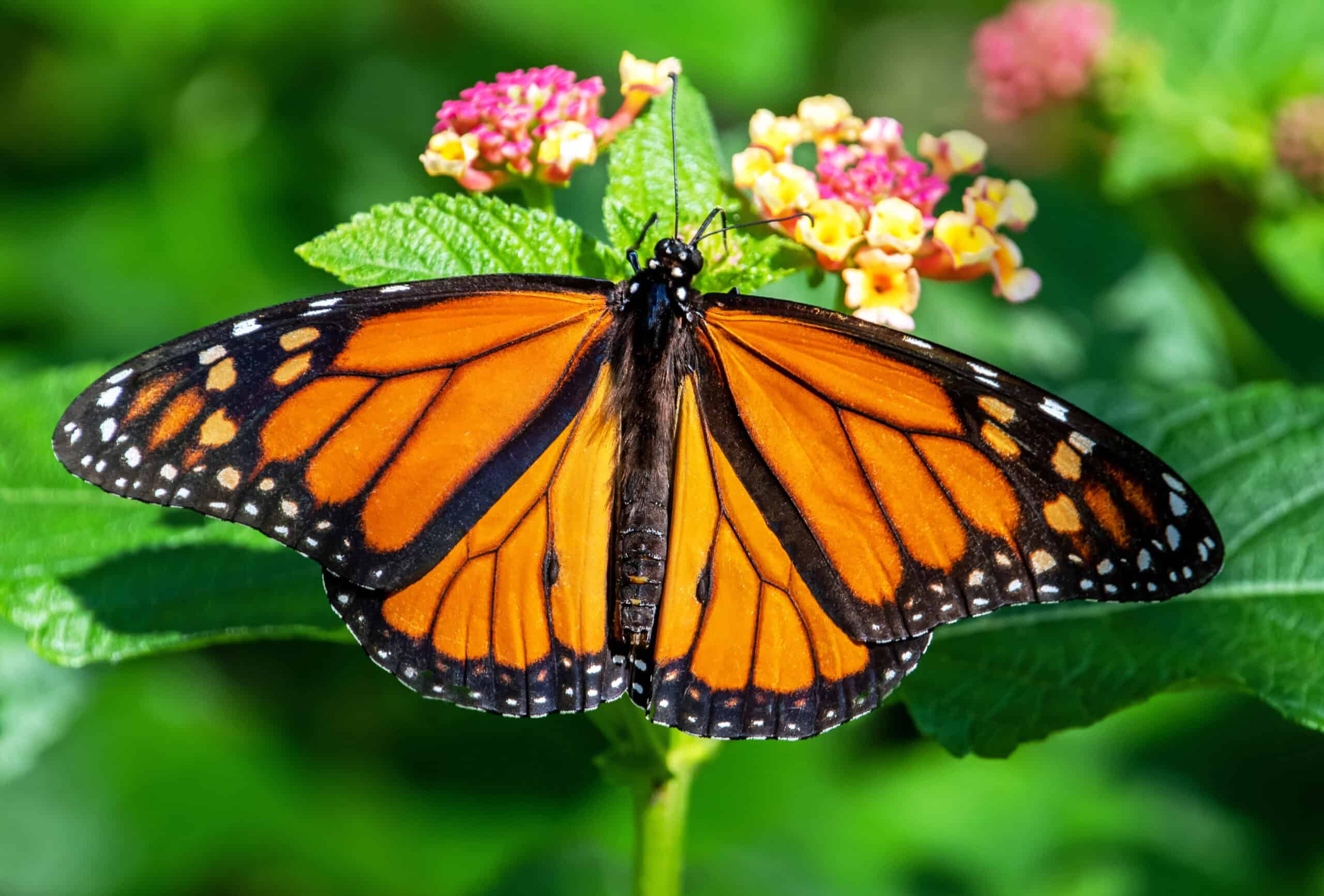
The Monarch Butterfly is famous for its long migration from North America to central Mexico, covering up to 3,000 miles. This epic journey is unique because it spans multiple generations, with each butterfly traveling part of the way. Monarchs are easily recognizable by their bright orange wings with black and white markings. Their migration helps them escape cold northern winters, and they rely on specific milkweed plants along the way to nourish their caterpillars. Their annual migration is one of the most well-documented and studied in the insect world.
Green Darner Dragonfly (Anax junius)
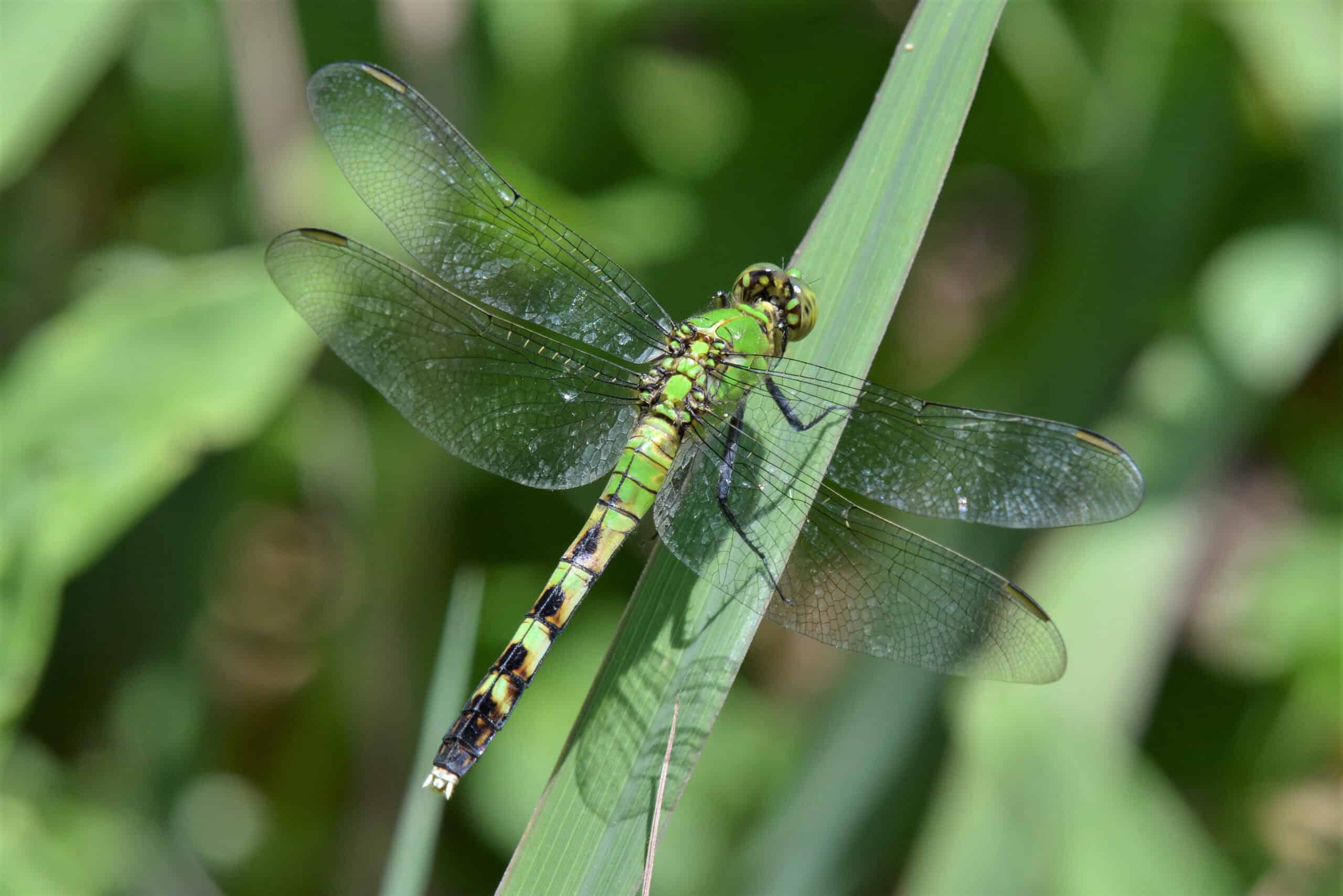
The Green Darner Dragonfly is a strong flyer, often traveling thousands of miles between breeding and overwintering areas. These dragonflies migrate from northern North America to southern regions, sometimes even reaching Central America. They are known for their large green bodies and blue tails, and they often travel in swarms. Like the Monarch Butterfly, their migration spans multiple generations, with each new brood continuing the journey. Green Darners are crucial in controlling mosquito populations, making them an essential part of many ecosystems.
Spotted Lanternfly (Lycorma delicatula)

The Spotted Lanternfly, though a relatively new pest in parts of the world like the United States, is an invasive species known for its long-distance spread. Native to Asia, this planthopper travels across large regions by hitching rides on vehicles and goods. It has now spread thousands of miles across the U.S., causing severe damage to vineyards, fruit trees, and hardwoods. With its distinctive black spots and red underwings, the Spotted Lanternfly’s rapid spread is a warning of the impacts of invasive species on local ecosystems.
Glasswing Butterfly (Greta oto)
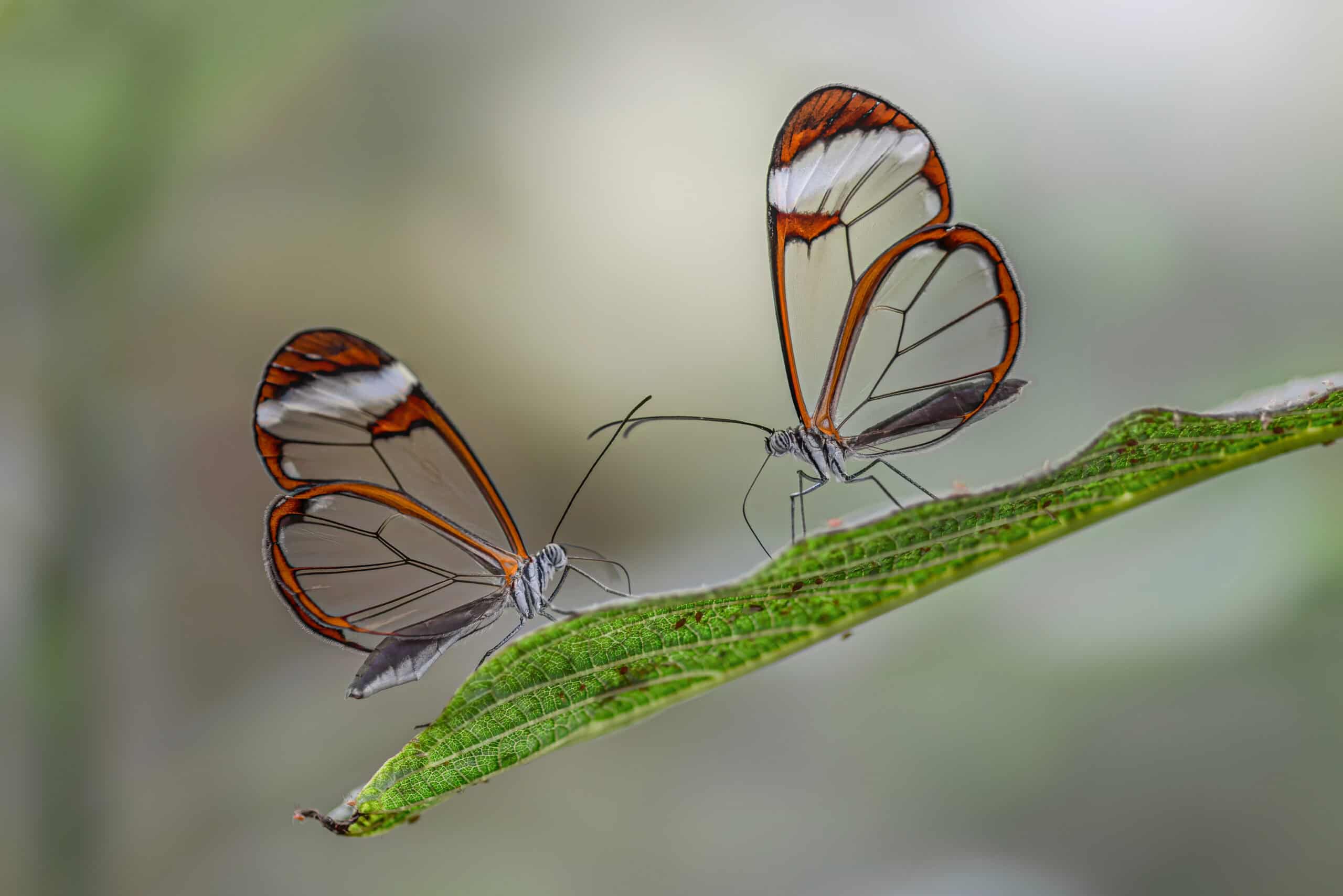
The Glasswing Butterfly is a delicate migrant known for its transparent wings, which allow it to blend into its surroundings. Native to Central and South America, these butterflies travel across wide distances as they move between lowland forests and higher elevations. Their wings, which appear like stained glass, make them unique among butterflies. Glasswings are known for their endurance, capable of covering long distances in search of food sources like nectar from flowers, making them both beautiful and resilient travelers.
Green Hairstreak Butterfly (Callophrys rubi)

The Green Hairstreak Butterfly is a tiny but tough traveler, covering large distances during its lifecycle. Found across Europe, Asia, and parts of North Africa, it moves between habitats in search of suitable breeding grounds and food plants. Its bright green wings help it blend in with the foliage, making it hard to spot. Despite its small size, this butterfly is capable of migrating over vast landscapes, showing how even the smallest creatures can accomplish extraordinary journeys.
This article originally appeared on Rarest.org.
More from Rarest.org
11 Historic Memorabilia from Iconic Films That Are Coveted by Collectors
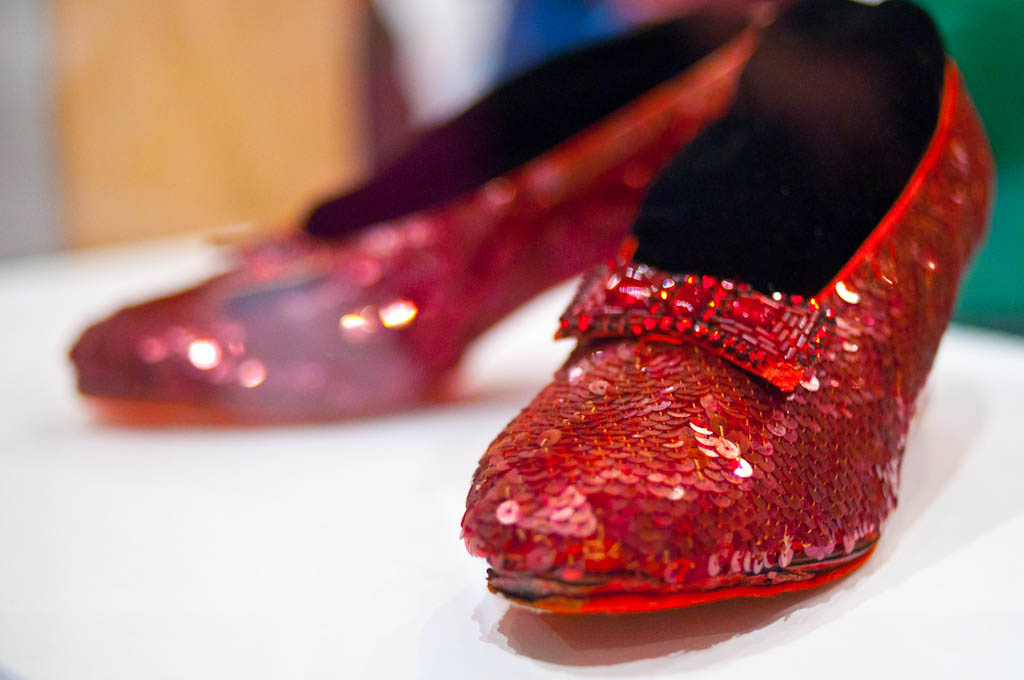
Film memorabilia holds a special place in the hearts of collectors. Iconic items from classic movies carry a unique blend of history and nostalgia. Read More.
19 Majestic Trees Facing Extinction and How We Can Save Them

Majestic trees, some of the most iconic species on the planet, are now facing the threat of extinction. Read More.
15 Remote Deserts with Unbelievable Natural Wonders
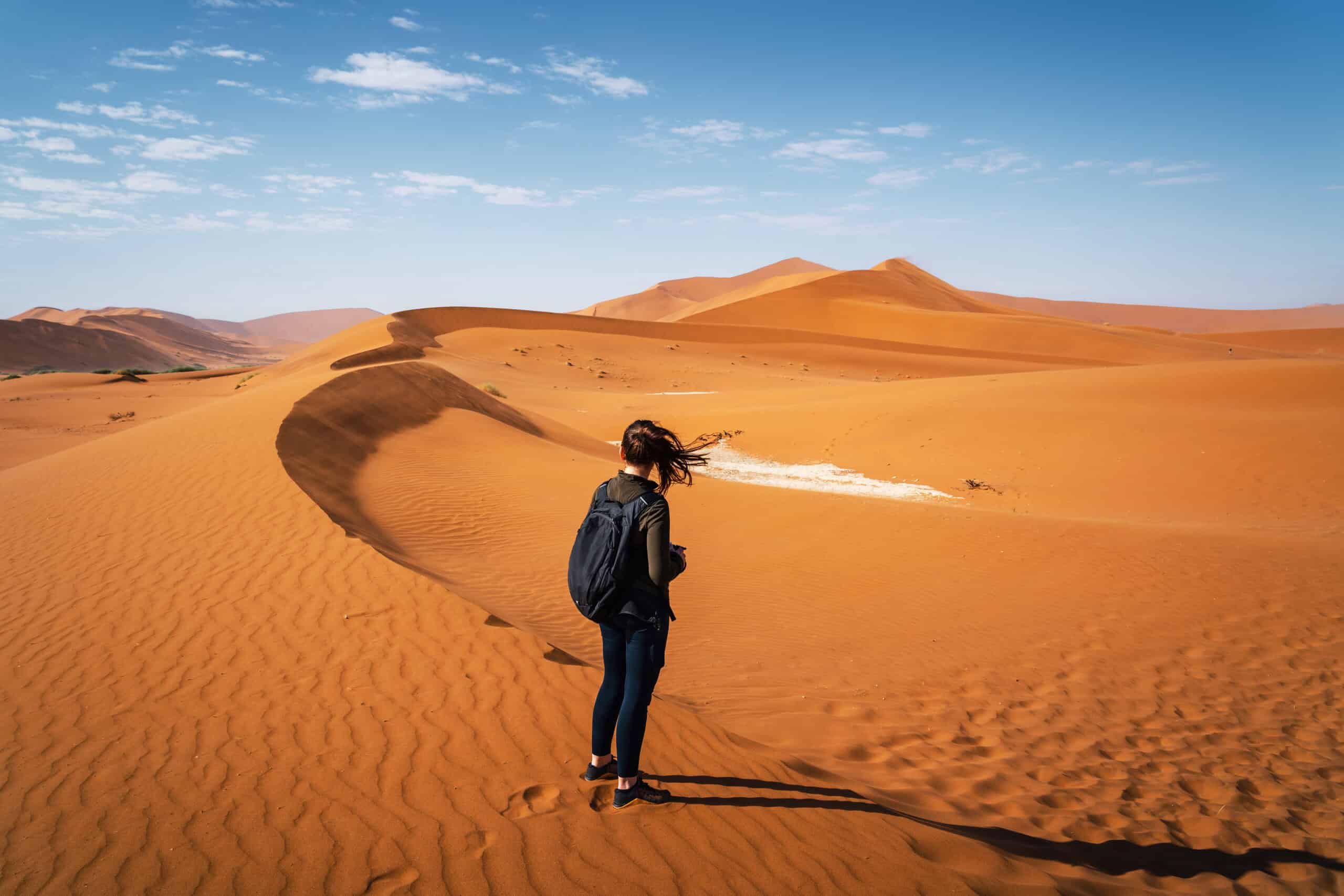
Remote deserts hold a unique charm that captivates adventurers and nature lovers alike. These vast, desolate landscapes hide extraordinary natural wonders that defy their barren reputations. Read More.
